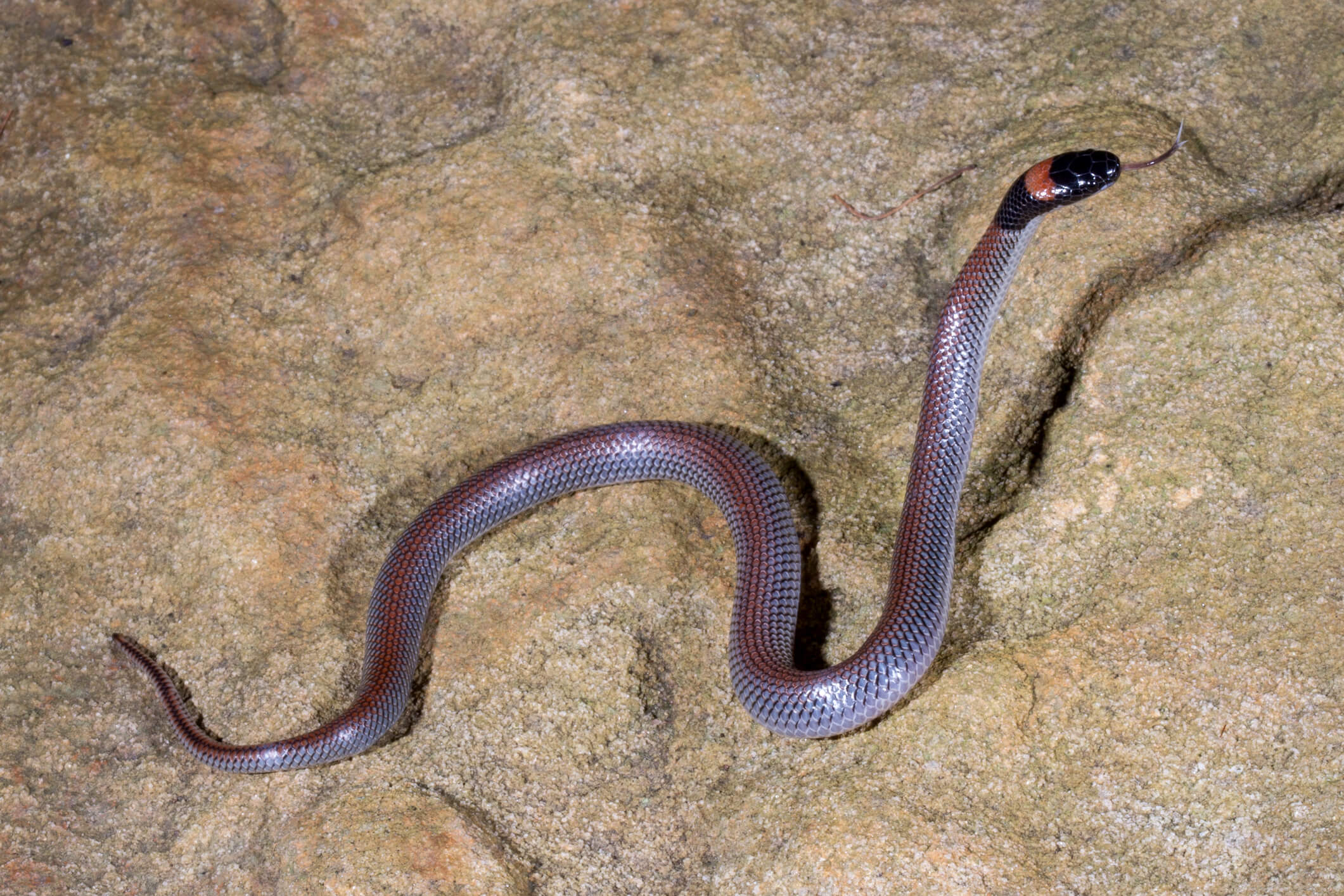Introduction
When it comes to the interesting globe of serpents, few types capture the creative imagination quite like the infant tiger snake. Recognized for their unique pigmentation and powerful venom, these snakes are an integral part of Australia's unique ecosystem. In this thorough write-up, we will certainly delve into numerous aspects of baby tiger snakes, including their actions, habitat, and exactly how to securely connect with them. Whether you're a wildlife lover or just interested about these animals, recognizing baby tiger snakes can aid promote a deeper appreciation for nature.
Baby Tiger Snakes: What You Required to Understand About Their Behavior and Habitat
What Are Child Tiger Snakes?
Baby tiger serpents are juvenile types of the extremely venomous types understood medically as Notechis scutatus These snakes are largely located in seaside areas of Australia, particularly in Tasmania and southerly Victoria. As they grow, their pigmentation changes from an extra soft scheme to the particular yellow and black bands that provide their name.

One notable element of child tiger serpents is their size; hatchlings typically determine around 25-30 cm in size. Despite their little stature, they have a shocking amount of venom that can be damaging to people if bitten.
Physical Characteristics
Tiger serpents possess a number of essential physical characteristics:
- Coloration: The distinct banding pattern often comes to be a lot more pronounced as they mature. Size: Grownups can get to sizes of approximately 2 meters. Body Shape: They have a durable body that helps in swimming and terrestrial movement.
Where Do Child Tiger Snakes Live? Recognizing Their Habitat
Understanding the environment choices of child tiger serpents is important for both preservation initiatives and public safety and security. These snakes thrive in numerous settings:
- Wetlands: Marshes and swamps supply adequate hunting grounds. Coastal Regions: Usually discovered near beaches where they can quest for prey. Woodlands: Dense vegetation provides cover from predators.
Geographical Distribution
Tiger snakes are predominantly found along Australia's southern coast, including:

- Tasmania: Home to one of one of the most notorious populations. Victoria: Particularly in locations near water bodies.
Are Tiger Snakes Venomous? A Deep Dive into Their Venom
One common inquiry develops when talking about infant tiger serpents: "Are tiger serpents poisonous?" The response is a resounding yes!
Venom Composition
The venom of tiger snakes contains neurotoxins that can cause paralysis, coagulopathy (blood clotting problems), and possibly fatality if unattended. Right here's what you require to recognize:
- Effects on Humans: An attack from a tiger serpent can result in signs and symptoms like swelling, discomfort at the bite website, nausea or vomiting, and also breathing failure.
Comparison with Various other Poisonous Snakes
In comparison to other Australian snakes such as the eastern brown snake or king brown snake, tiger serpent venom is considered among the most potent. However, deaths are uncommon due to better medical therapies and access to antivenom.
Behavioral Patterns of Infant Tiger Snakes
Understanding how baby tiger snakes act is essential for those who stay in or check out areas where these reptiles are prevalent.
Nocturnal Habits
Most infant tiger snakes Helpful site show nocturnal habits. They tend to forage for food throughout cooler night temperatures. This adaptability Brown snake identification helps them avoid predators while boosting their searching efficiency.
Hunting Techniques
Their searching techniques include:
- Ambush Predation: Waiting inactive till target comes close. Active Foraging: Actively moving through plants or along rivers looking for food.
First Aid for Serpent Bites: What You Must Know
Despite being fascinating creatures, experiences with baby tiger snakes can cause dangerous circumstances if attacks take place. Recognizing first aid treatments can save lives.
Immediate Tips After a Bite
Remain tranquility; panic increases heart rate. Immobilize the influenced arm or leg making use of a splint or bandage. Seek prompt clinical focus-- antivenom may be necessary.Creating a Snake Bite First Aid Kit
A well-prepared first aid package ought to consist of:
|Item|Objective|| ------------------------------|--------------------------------------|| Compression plaster|To incapacitate the limb|| Splint|Maintains broken bones or joints|| Antihistamines|Alleviates allergies|| Emergency situation contact numbers|Quick accessibility throughout emergency situations|
Common Misconceptions Concerning Tiger Snakes Debunked
Many myths surround these interesting reptiles; allow's clarify some mistaken beliefs generally held by people.
Myth # 1: All Tiger Snakes Are Aggressive
While https://blogfreely.net/aubinacaxw/h1-b-emergency-treatment-monitoring-of-serpent-bites-best-practices-for some individuals might show defensive habits when threatened, not all tiger snakes screen aggressiveness towards people unless provoked.

Myth # 2: Infant Tiger Snakes Are Much Less Dangerous Than Adults
This myth could not be even more from the truth! Child tiger snakes consist of almost as much poison as adults about their size; therefore they position substantial dangers if bitten.
FAQs Concerning Child Tiger Snakes
What do child tiger snakes eat?- They mainly take in tiny creatures, birds, frogs, and fish.
- Look for slim bodies with faint banding patterns that become a lot more obvious as they mature.
- Yes! Birds of target and larger reptiles might target them.
- Typically every few weeks as they proliferate during their early life stages.
- While some people do keep them illegally without authorizations as a result of their dangerous nature; it's usually not advised offered their venomous status.
- With timely medical therapy-- including antivenom-- the survival rate is high!
Conclusion
In recap, recognizing baby tiger snakes-- what they consume, where they live, exactly how they act-- can equip us with important knowledge concerning these amazing yet unsafe animals. The value of education bordering first aid measures can not be overemphasized; knowing just how to react effectively after a bite could save lives while fostering respect for our crawling next-door neighbors within Australia's abundant biodiversity range.
By valuing these snakes' roles within ecological communities-- and identifying potential dangers-- we promote conjunction rather than fear-based reactions toward one another's existence in nature's grand tapestry! Whether you're a passionate walker considering your next journey or just curious about neighborhood wildlife encounters near home-- this overview works as your relied on recommendation point on the enigmatic globe occupied by our buddies-- the magnificent baby tiger snake!